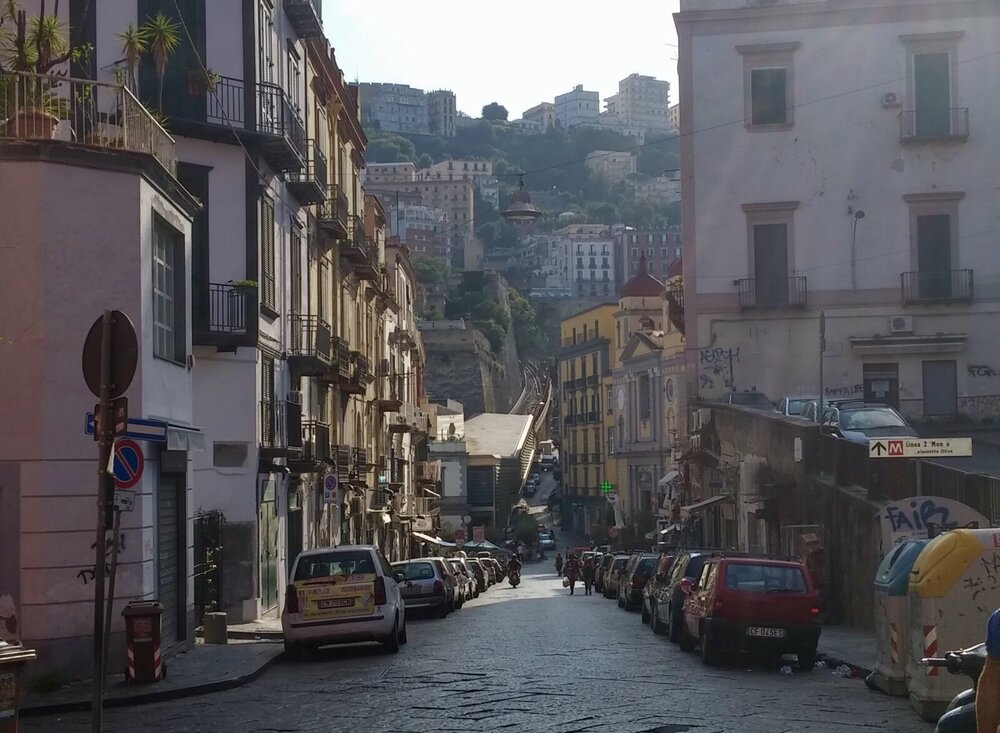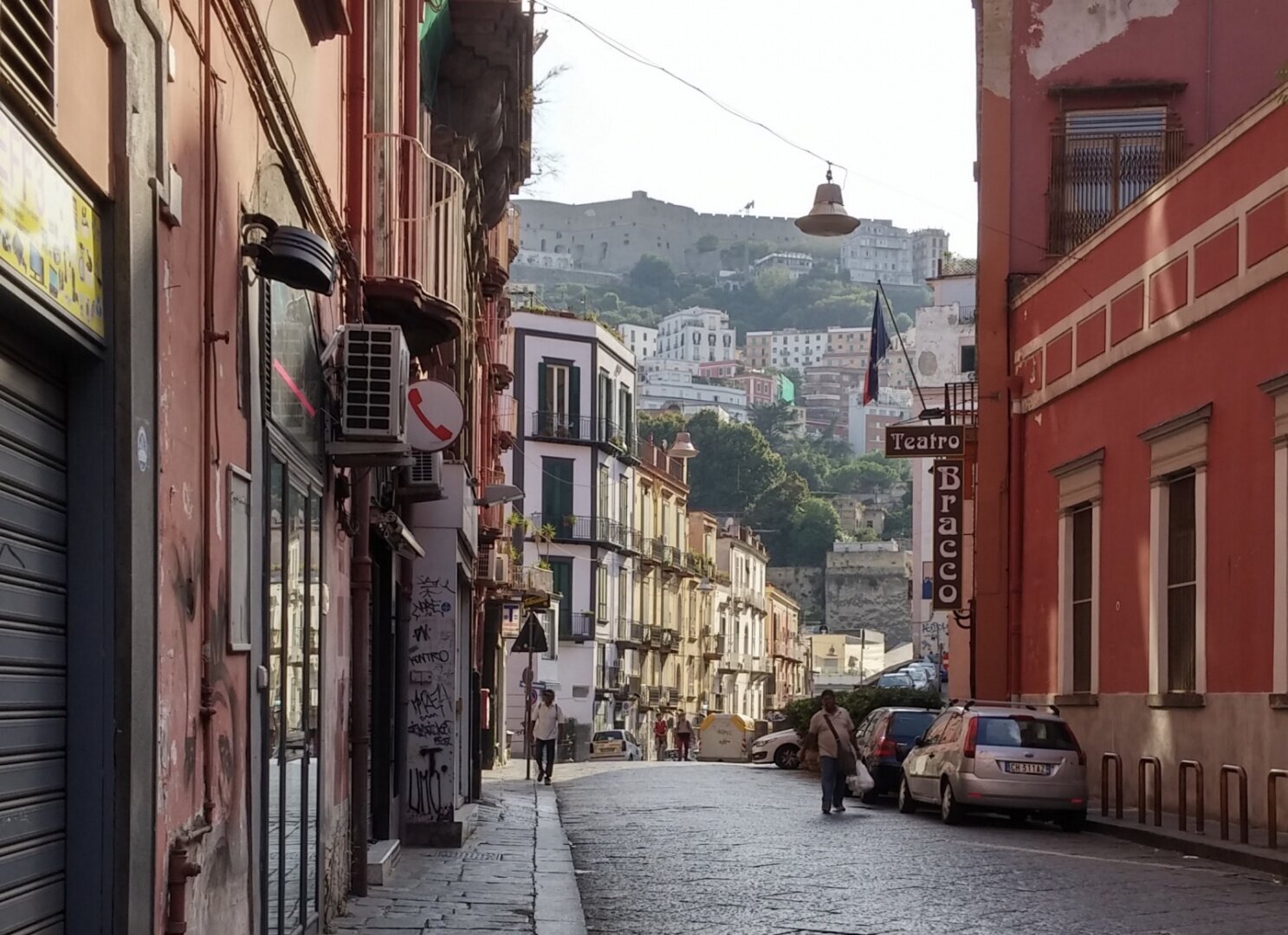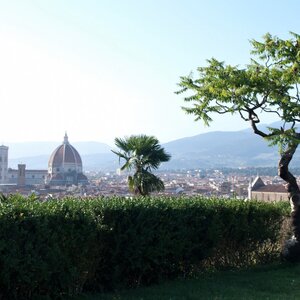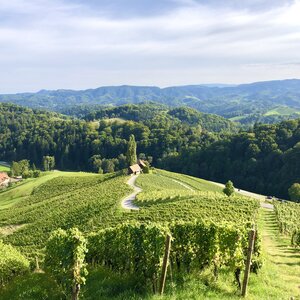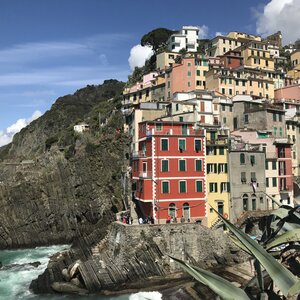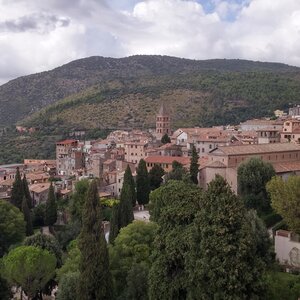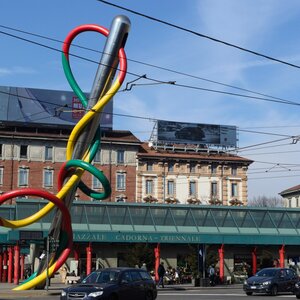Garbage here, as well as many other things, was for a long time managed by the local Camorra mafia. In the 1980s, it discovered a new source of profit: legal waste removal under municipal contracts and illegal export of industrial waste from the north and other European countries. But exportation did not mean disposal. And so for several decades, waste, including toxic waste, was dumped in fields and quarries east of the city, liquid waste was poured into streams and canals, and when there was nowhere else to dump it, it was burned: in the late 1990s and early 1990s, 15—20 fires broke out at each dump every night.
In 2008, the situation exploded with the so-called «garbage crisis». On December 21, 2007, garbage collection stopped from the streets of Naples, Caserta, Salerno and other Campania cities, as all landfills in the region were full. The problem was exacerbated by an ongoing strike by one of the few recycling factories and the New Year holidays, when people generate traditionally more garbage. This is what the region looked like at the height of the «garbage crisis»:
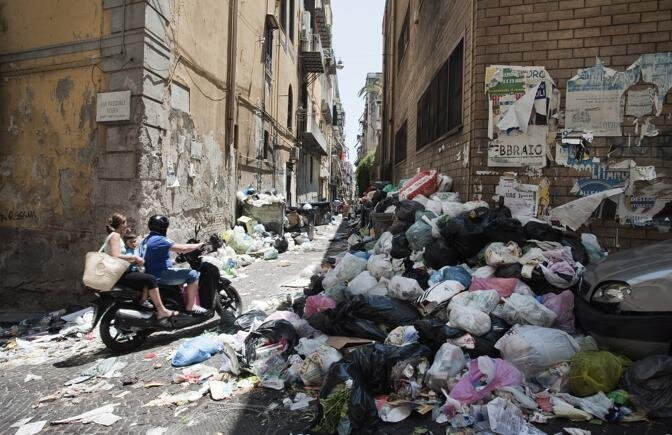
When the amount of waste on the streets exceeded one hundred thousand tons, the central authorities were forced to intervene. The garbage was removed from Campania by army units. It was at this time that most of the photos on the theme «garbage in Naples» were taken, which still frighten travelers. And they freaked me out, too. I had built my entire Naples walking itinerary around its main streets and landmarks. But this is Naples! The guidebook from Lonely Planet had errors in the first few hours, so it stayed in the hotel room. We trusted our feet, and they, of course, took us to the very neighborhoods we were not supposed to go to.
The environmental situation in Naples is still the most unfavorable compared to the whole of Italy. It has the highest mortality rate, the lowest life expectancy and the «youngest» cancer. Waste poisons the air, the soil and its products: in 2008, due to the poisoning of buffalo milk, a temporary ban was even imposed on the production of mozzarella, the gastrosymbol of Campania, and several farms whose pastures were in the contaminated zone were closed.
The current authorities of Naples have managed to cope with the «garbage problem», and today the city does not differ from others in the amount of garbage. Not rich, in some places not very well maintained, still not recovered from the last devastating earthquake in 1980, but certainly not the dirtiest city in Europe. There is the same graffiti, the same garbage cans, and the same as in France, they wash the asphalt in the morning.
And this is how we saw Naples in August 2016.
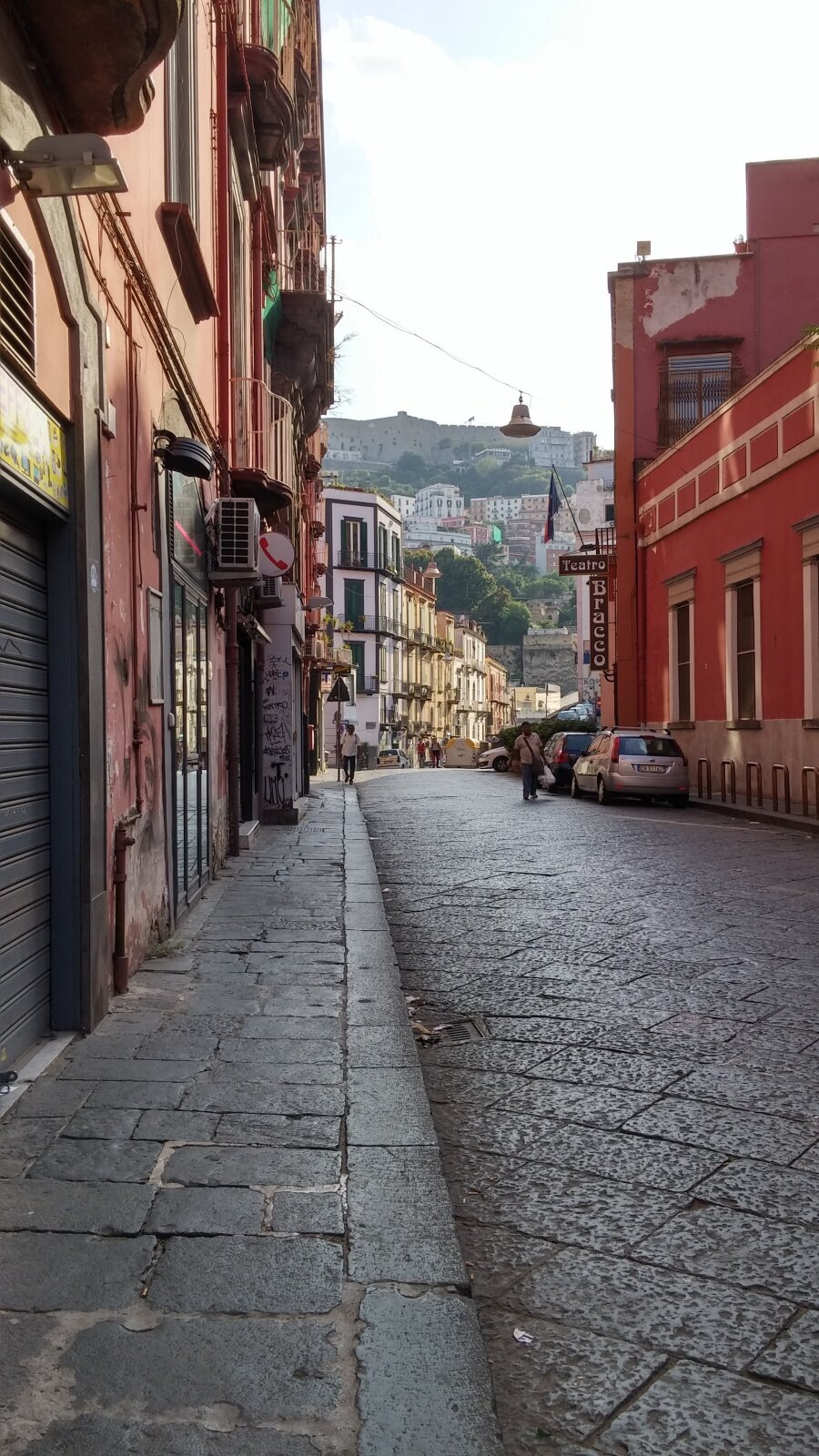
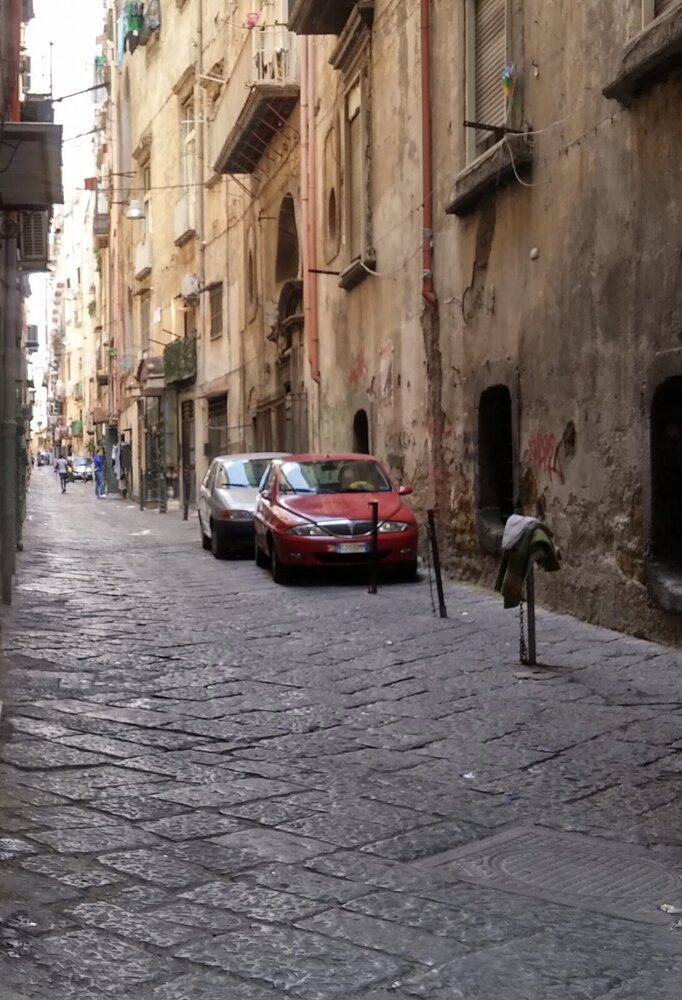
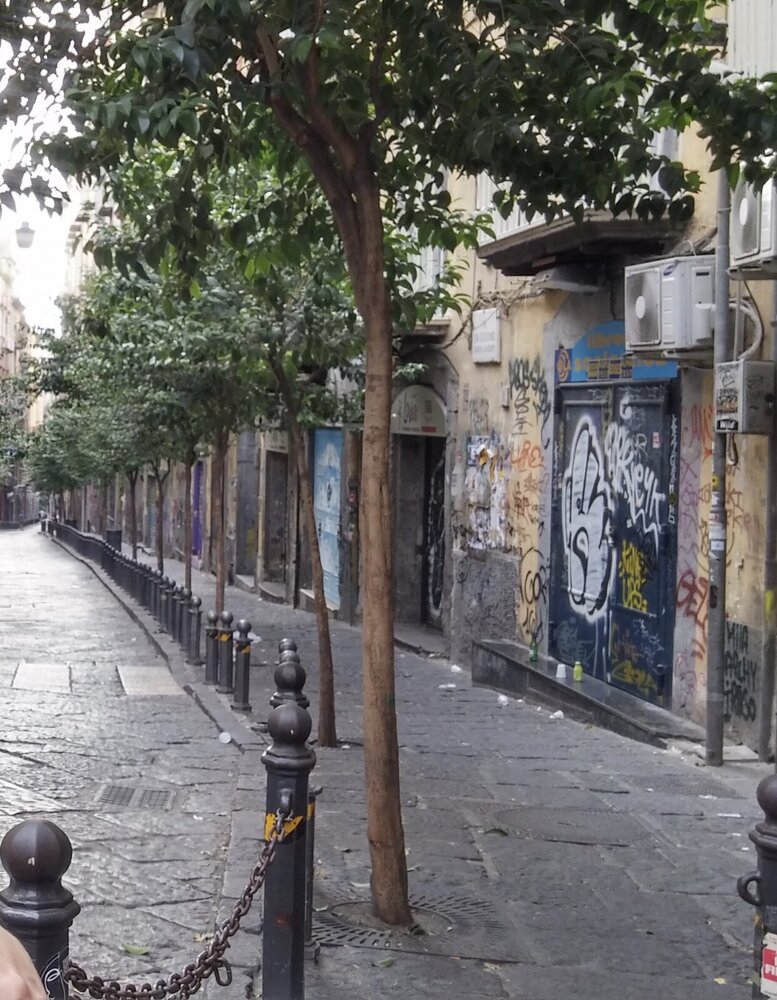
But if you really want to, you can still find «mountains of trash» in Naples today. Where?
- Start your search at the Napoli Centrale (Napoli Centrale) city train station in Piazza Garibaldi, which is usually the first stop in Naples for most travelers. As in other major cities, this is not the most prosperous part of the city. The main Roman train station, Roma Termini, appears the same way if you turn the corner. The station is all about migrants, beggars, beggars and the trash they create.
- Go with most tour groups straight to the historic part of the city, which was badly damaged by the last devastating earthquake in 1980. The poor city has not recovered from this disaster, especially since the Camorra embezzled half of the money allocated for reconstruction. In these narrow historic alleys, the peeling, unadorned facades of old buildings create a particularly oppressive impression. There is no postcard-perfect idleness inherent in wealthy European cities. Naples' historic neighborhoods are sullen, unfriendly, and not trying to please you.
- For a complete impression of «dirty Naples», take a stroll through the Spanish Quartieri Spagnoli: the most disadvantaged area of Naples, where even the police are wary of entering at night. Narrow streets going up and down; laundry hanging on ropes, which has become a trademark of Naples; dark back alleys with a distinctive odor — it’s all here.
Now do you understand where Naples' reputation as a «dirty city» gets its legs?
